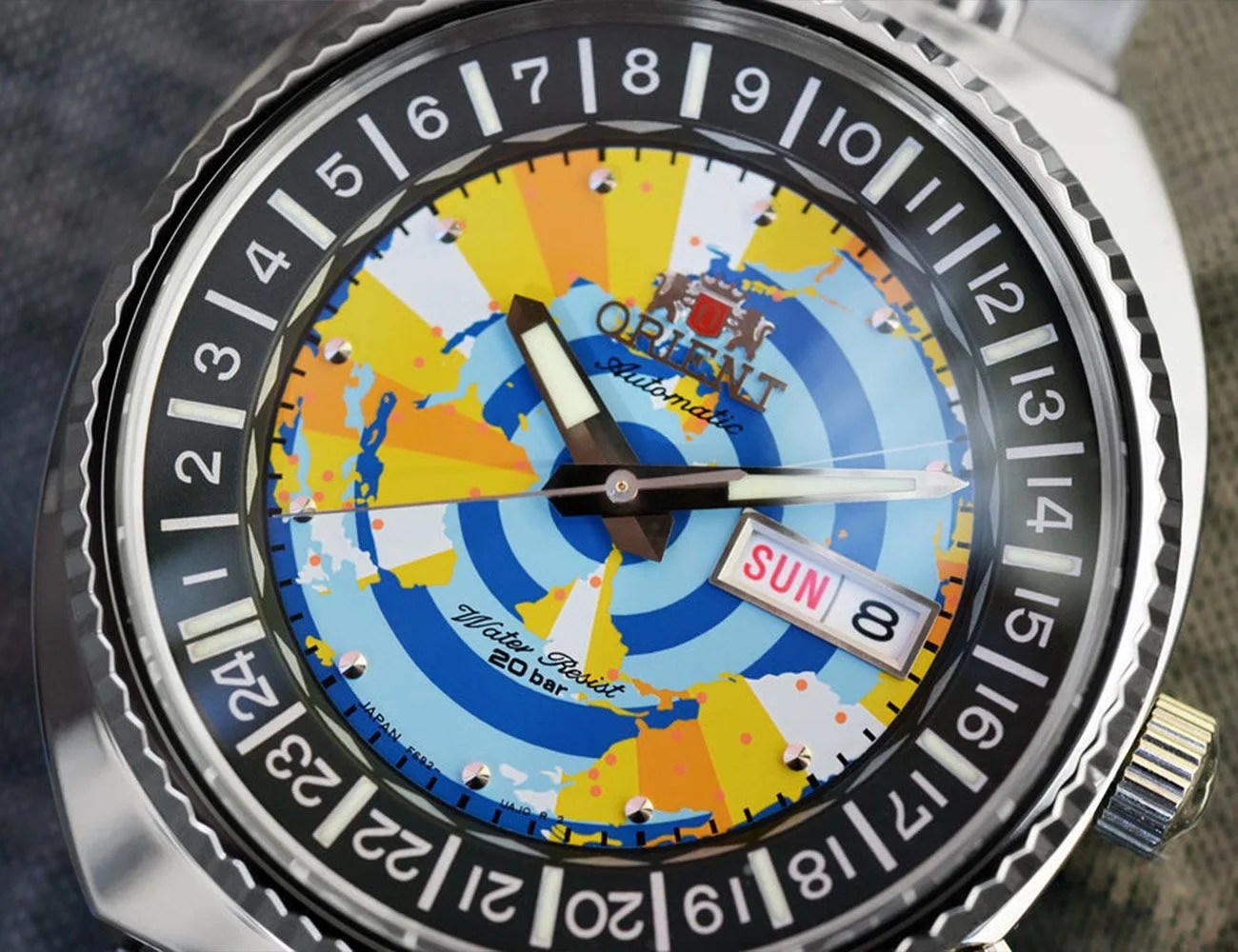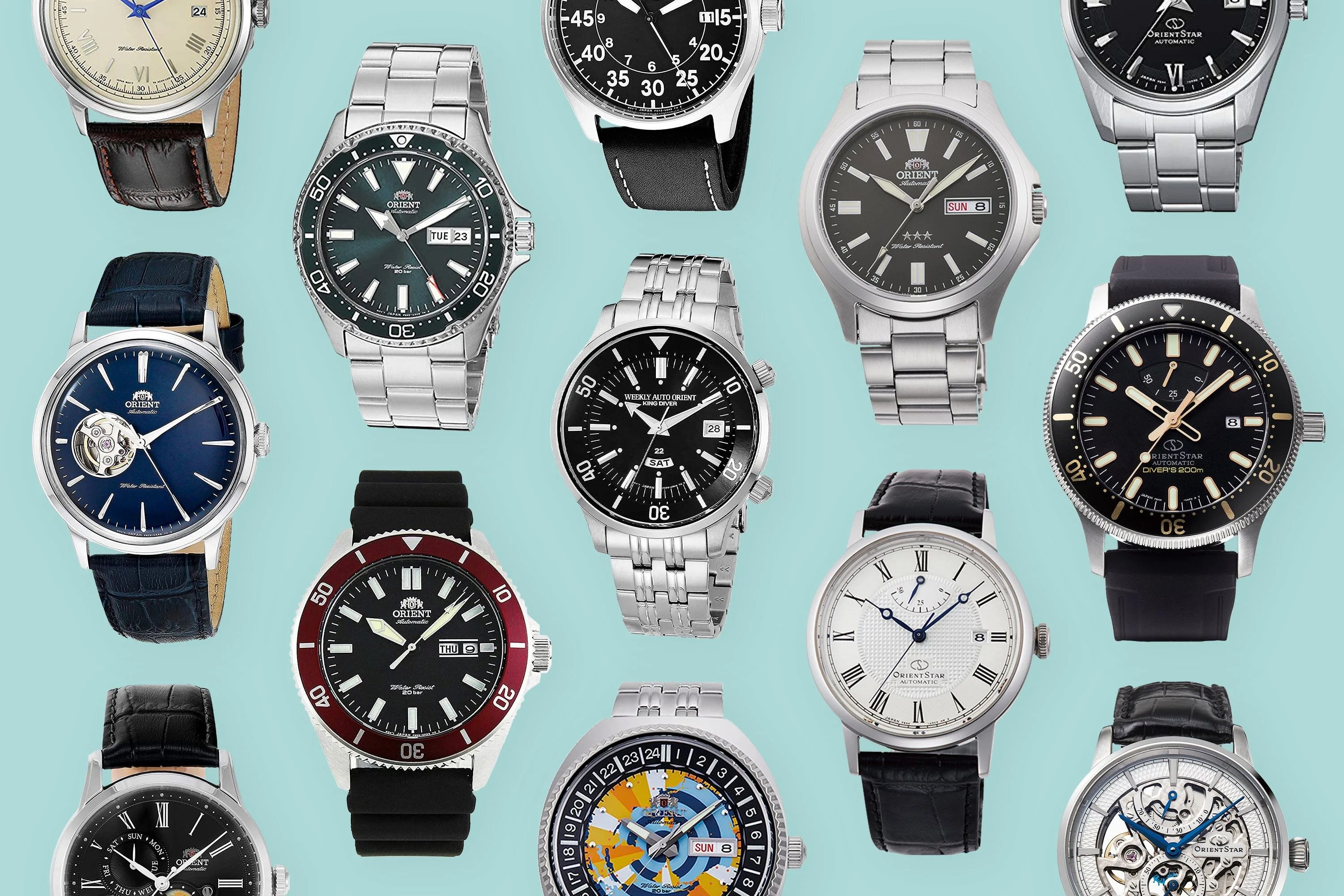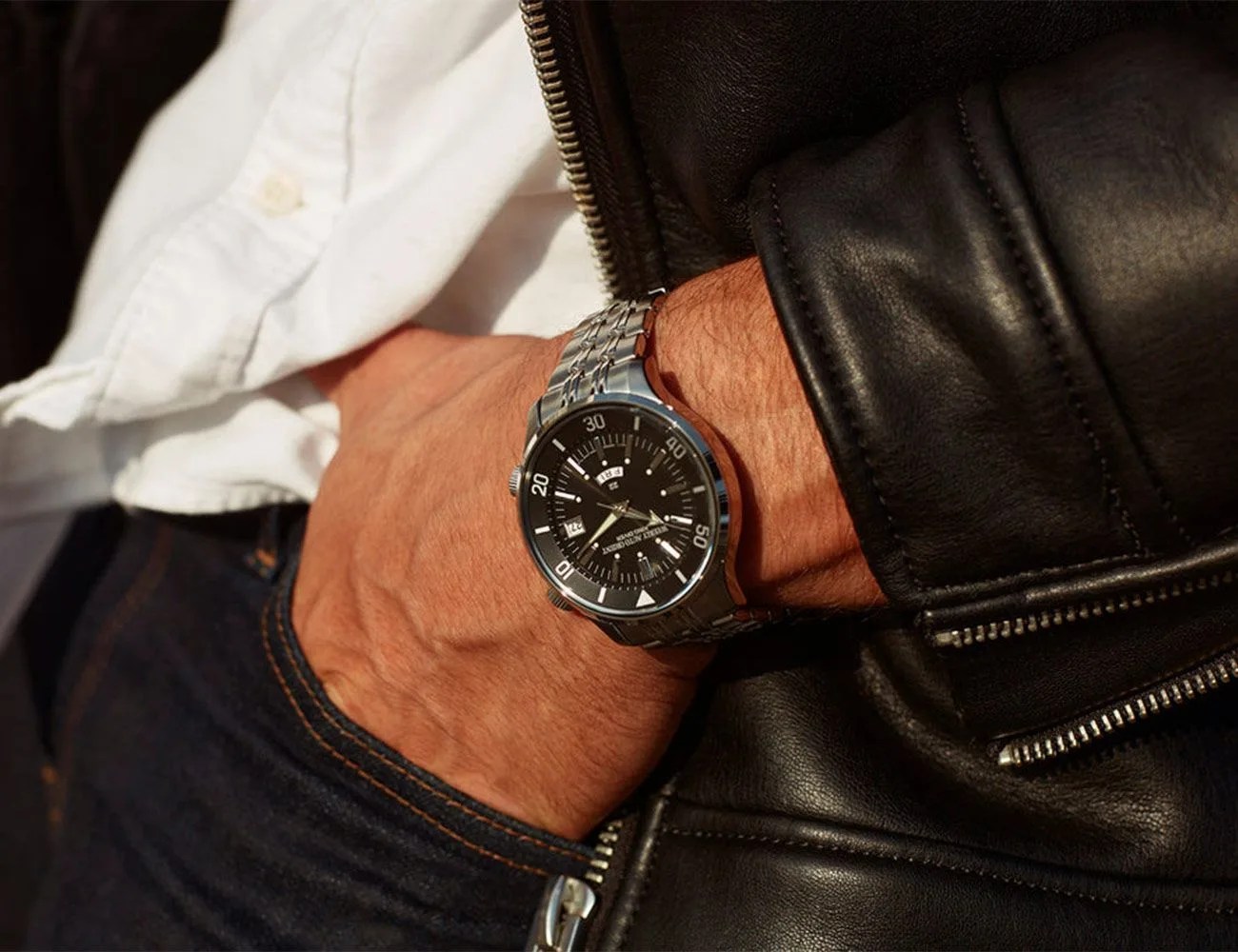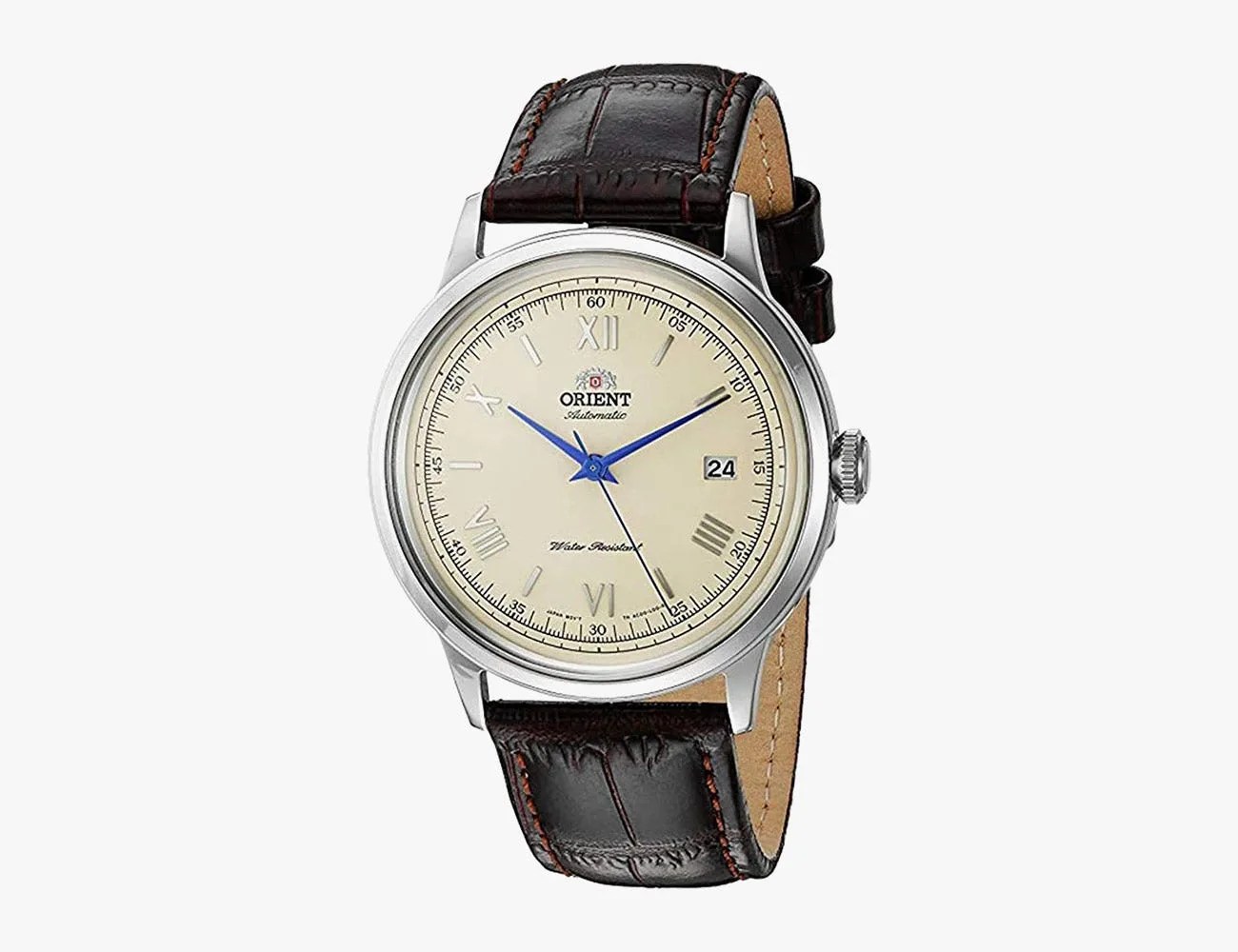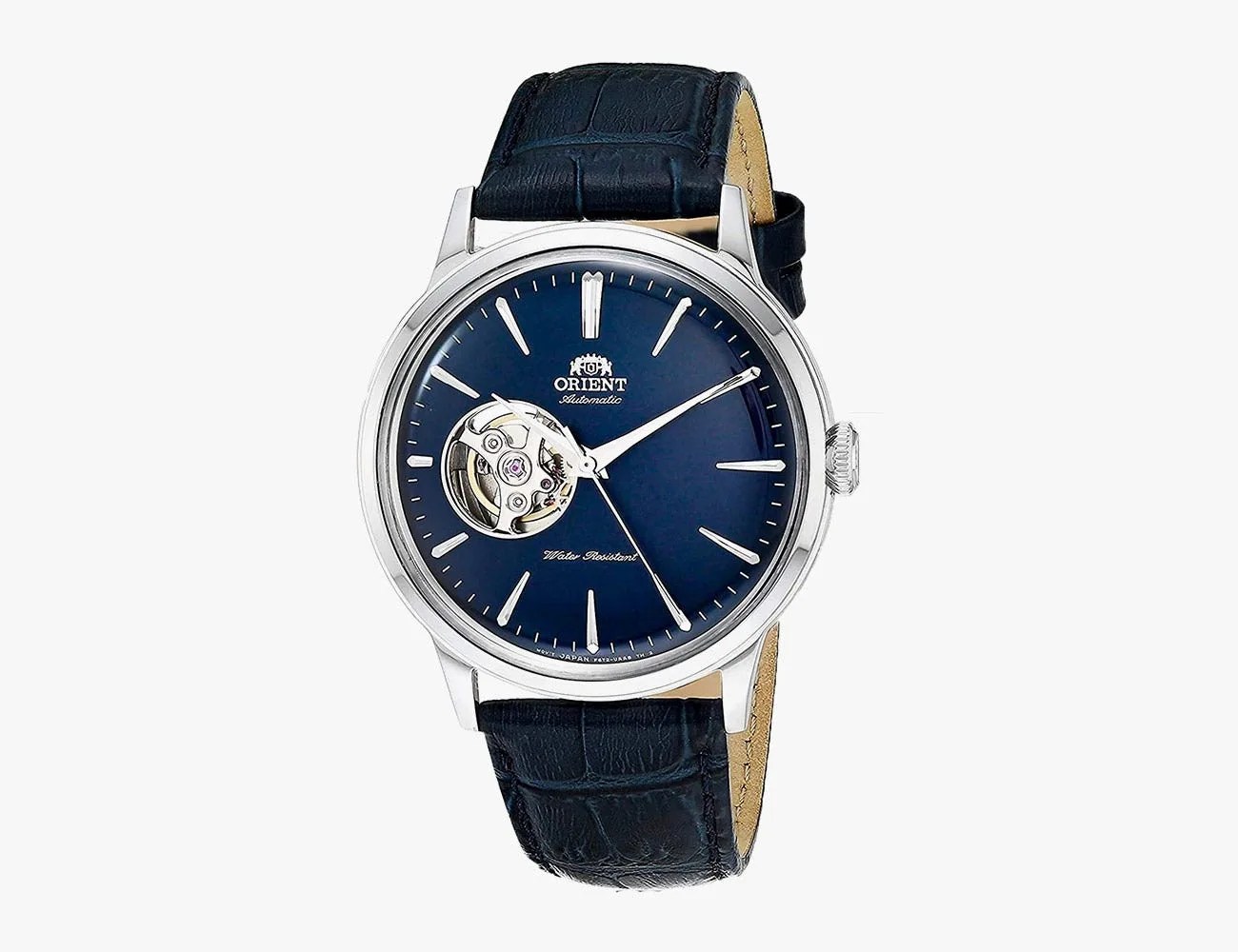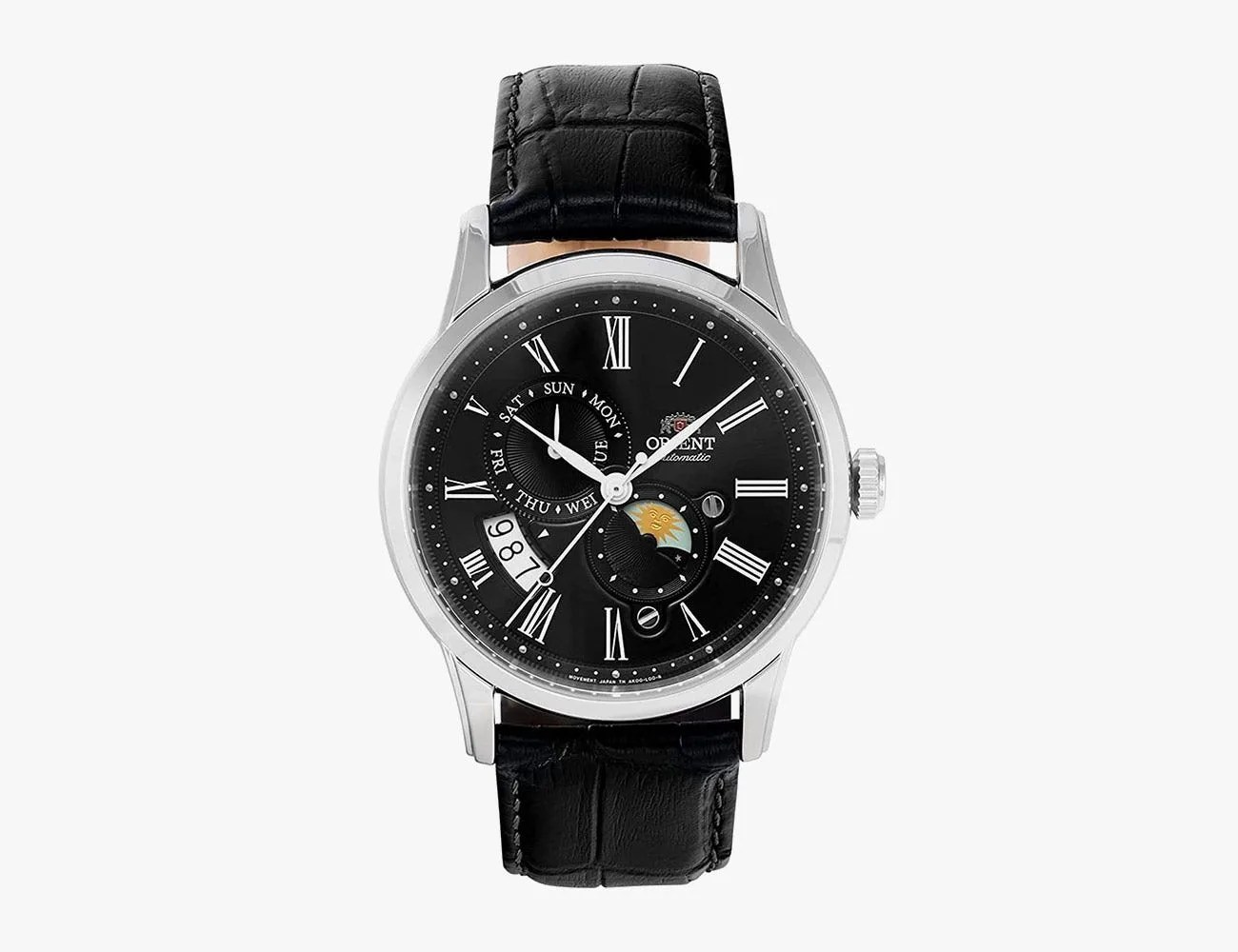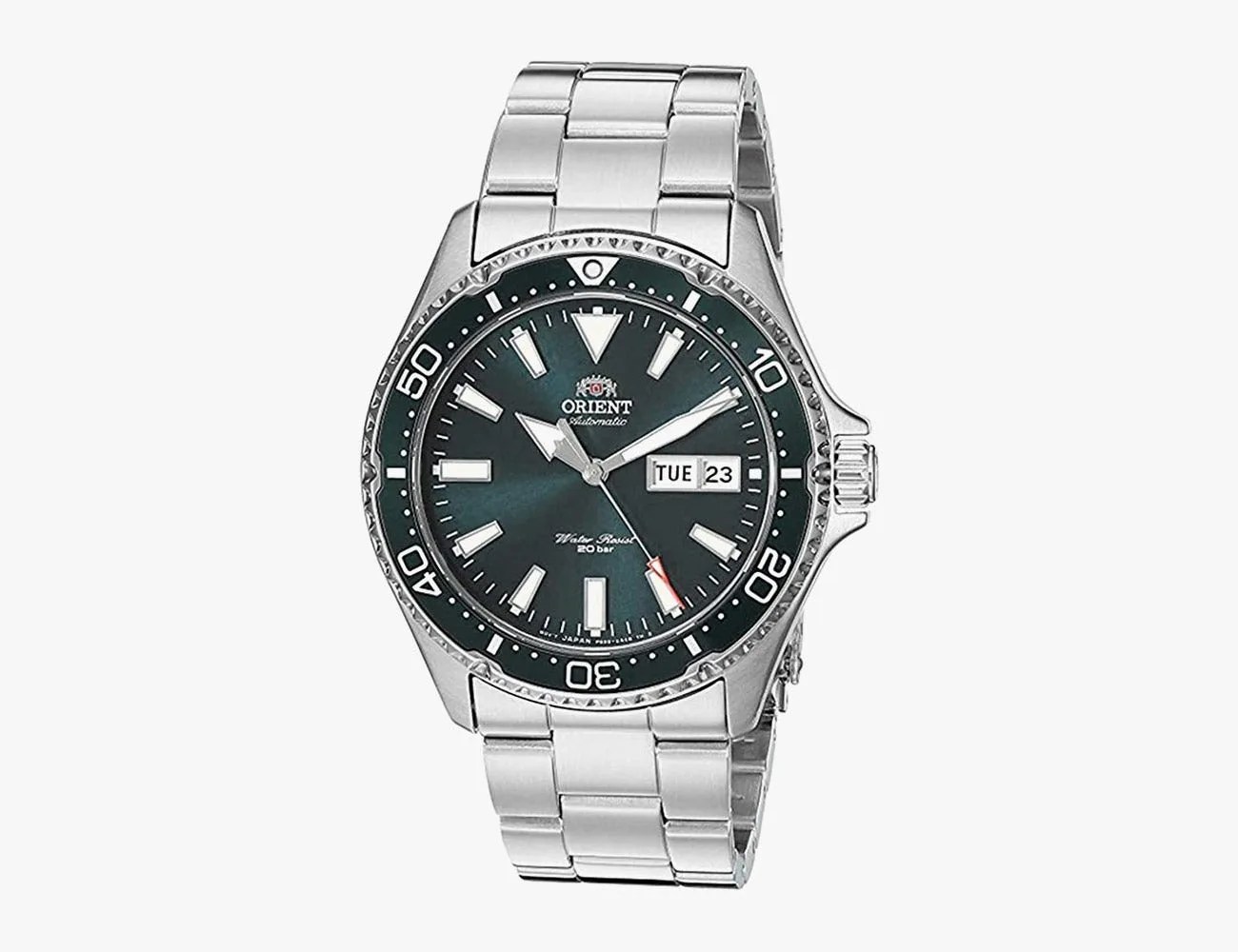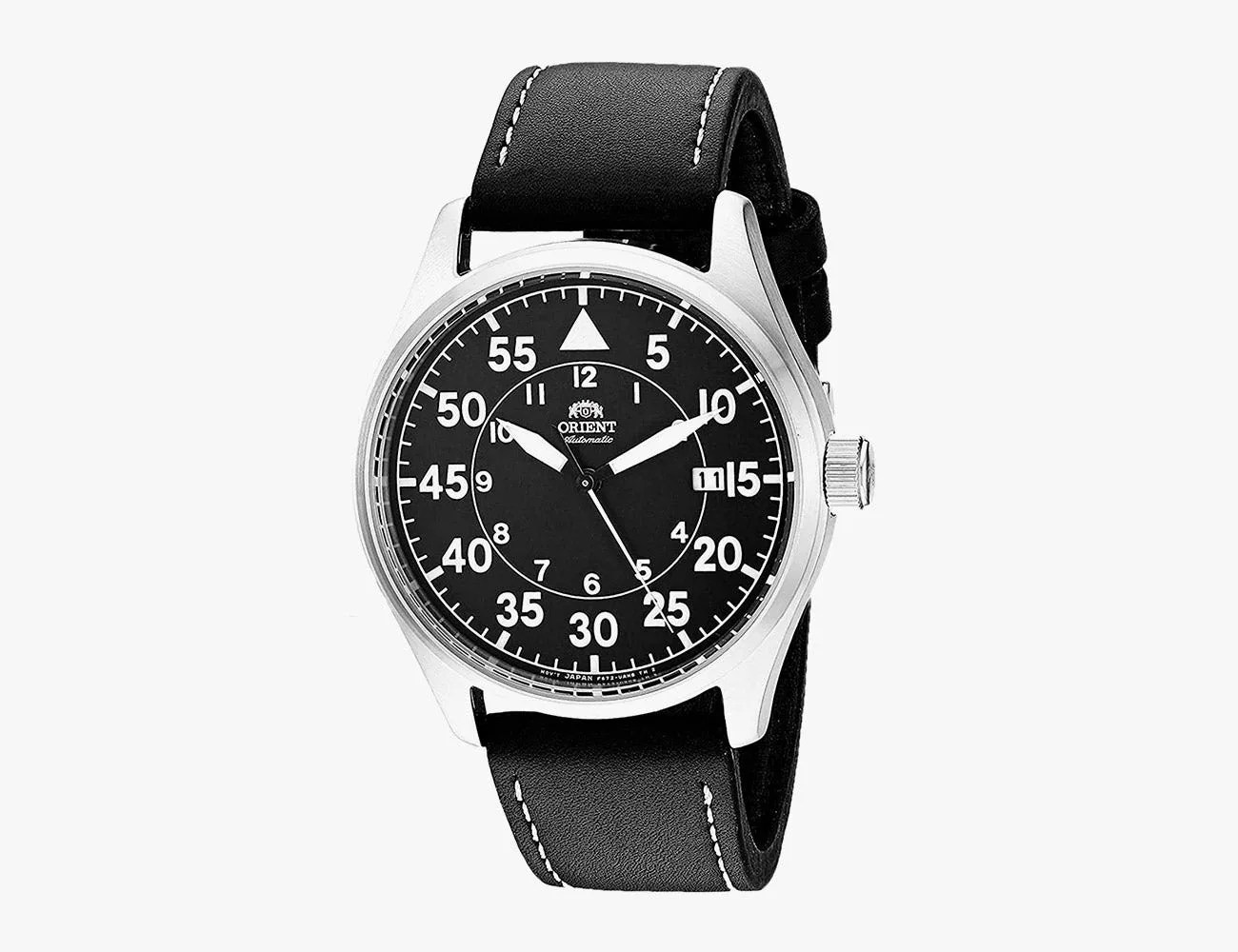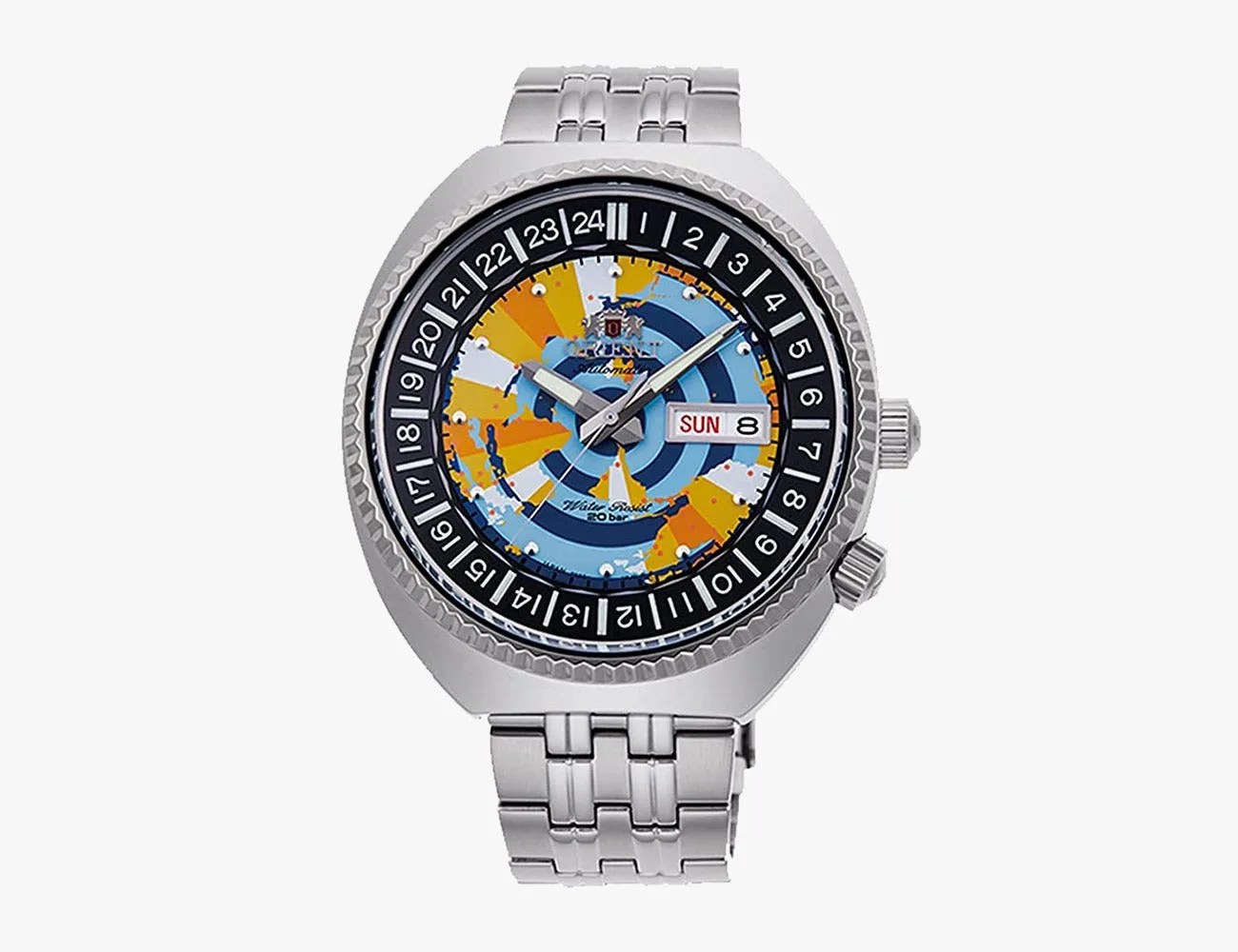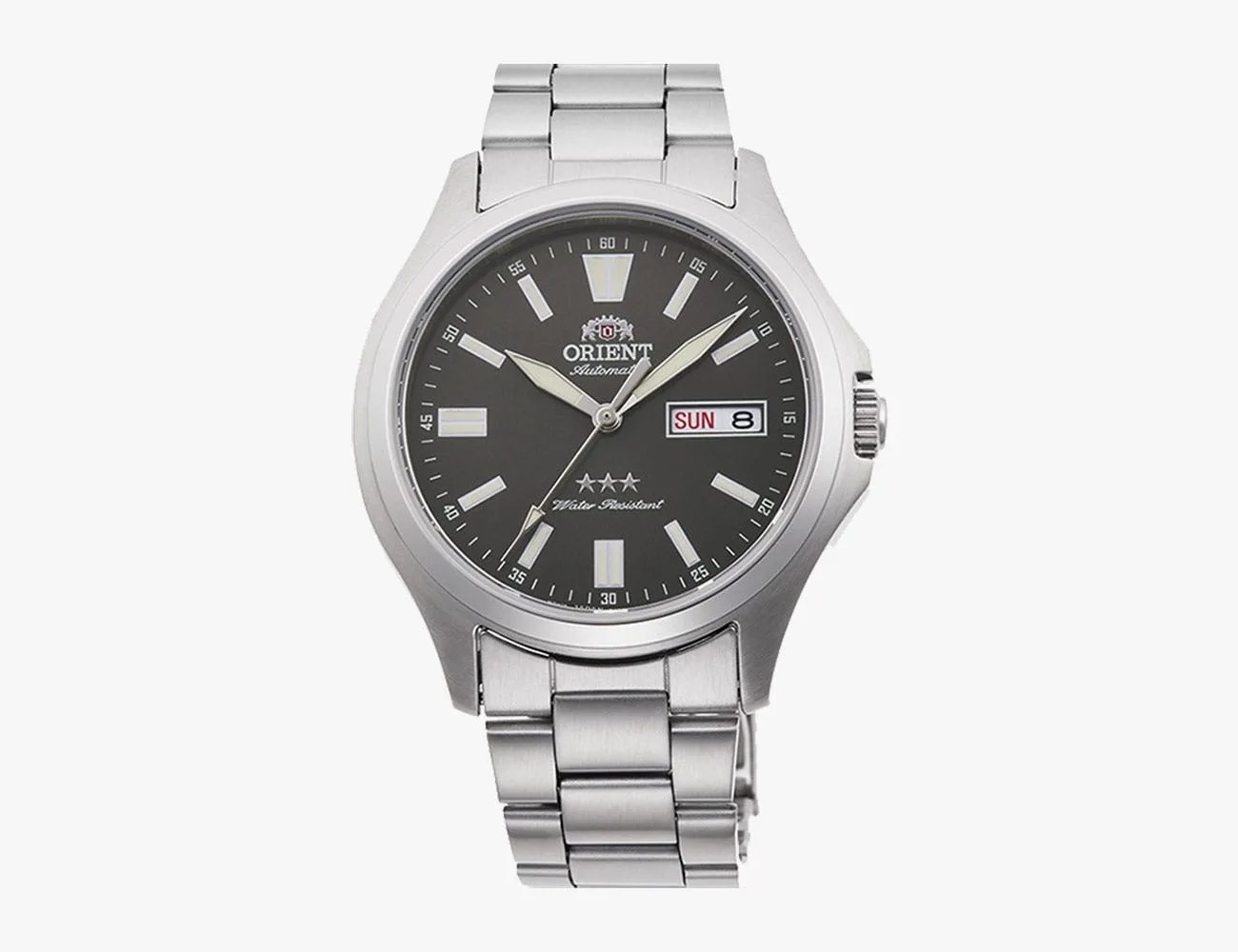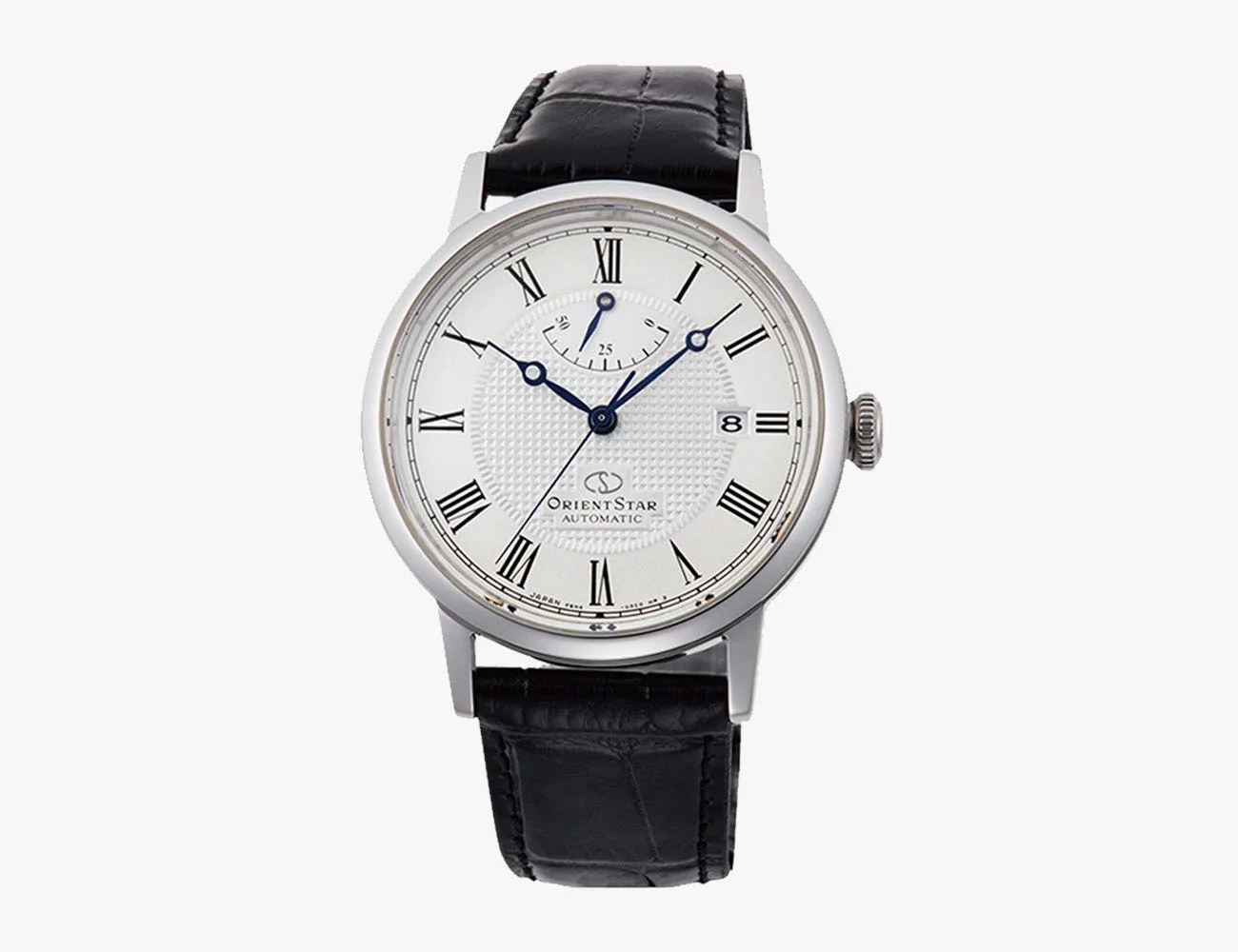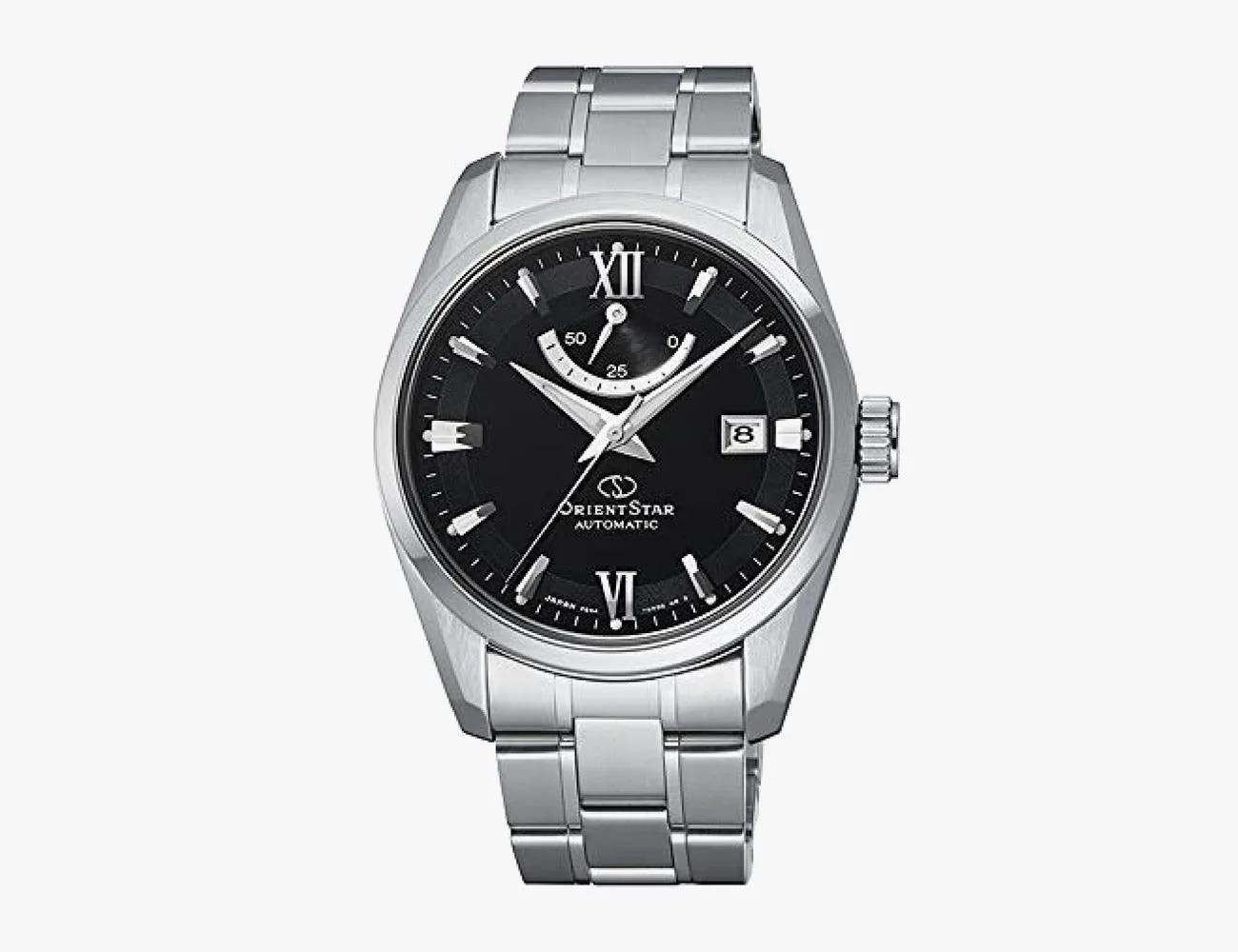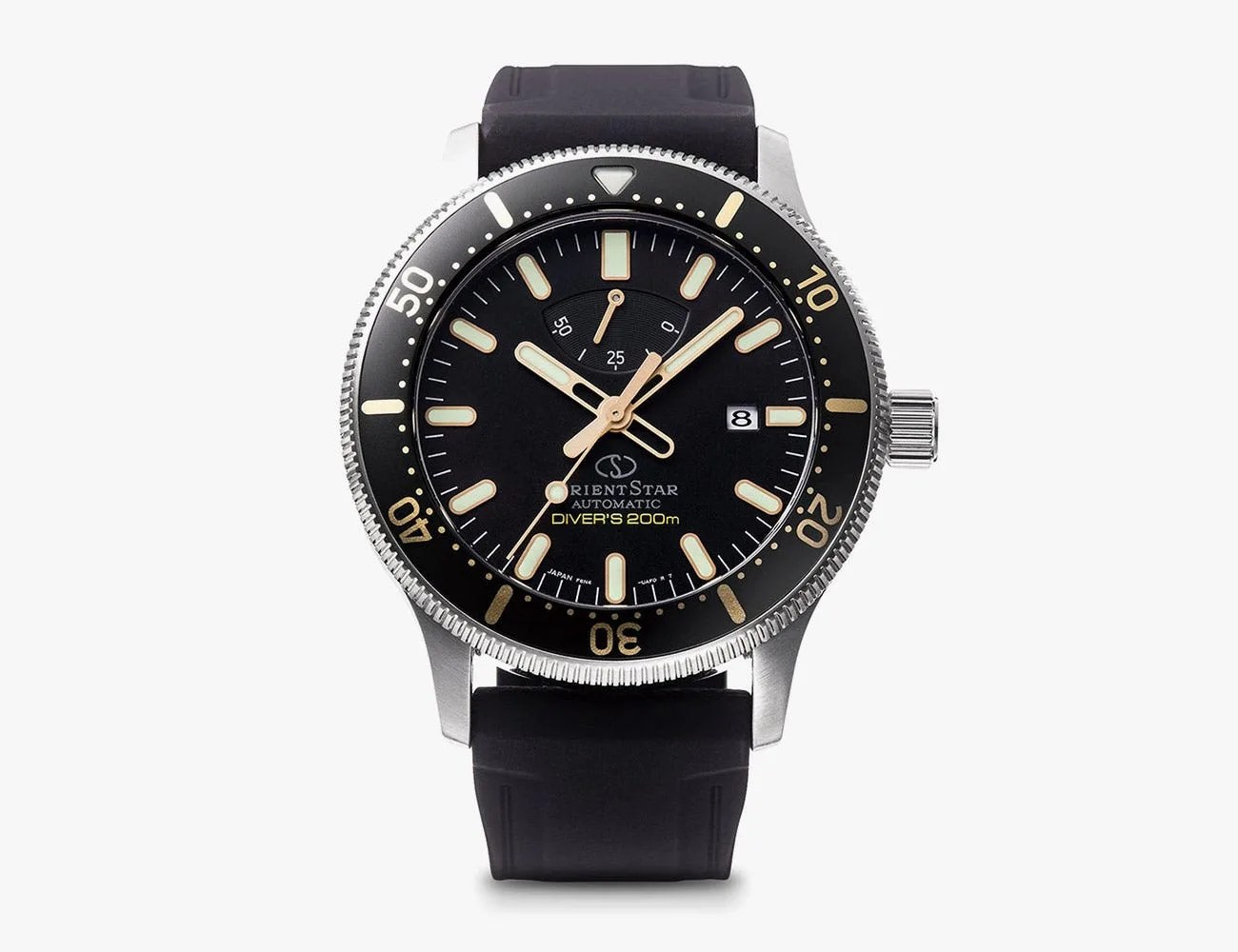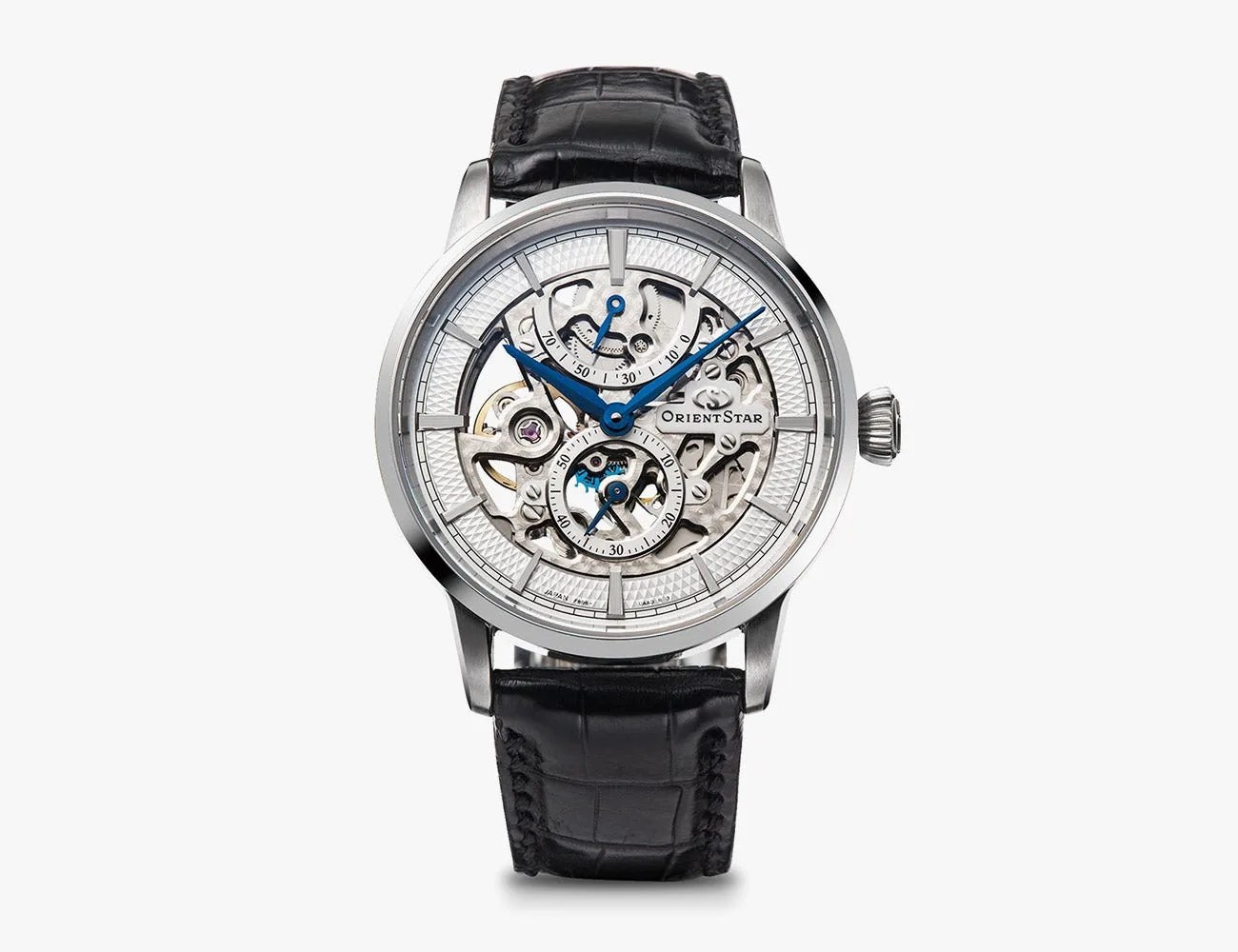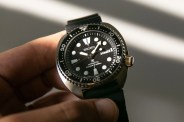Welcome to Brand Breakdown, a series of comprehensive yet easy-to-digest guides to your favorite companies, with insights and information you won’t find on the average About page.
Some of the most affordable, bang-for-buck and straight-up awesome automatic watches are Japanese. But we’re not just talking about Seiko: if you don’t already know, Orient is a watchmaker with history, in-house movements and many of the qualities that you associate with “Made in Japan” — and they should be at the top of the list for any watch enthusiast on a budget.
Orient is known and loved for the quality-to-price ratio of its automatic dress and dive watches — you can often find these for around $100 to $200 or so. At these prices, we’re talking watches with pretty basic features and performance. But it’s a company that’s often misunderstood. There’s more to Orient than its dirt-cheap range and its relationship with its parent company, the Seiko Group. The company’s history shows that it very much has its own identity.
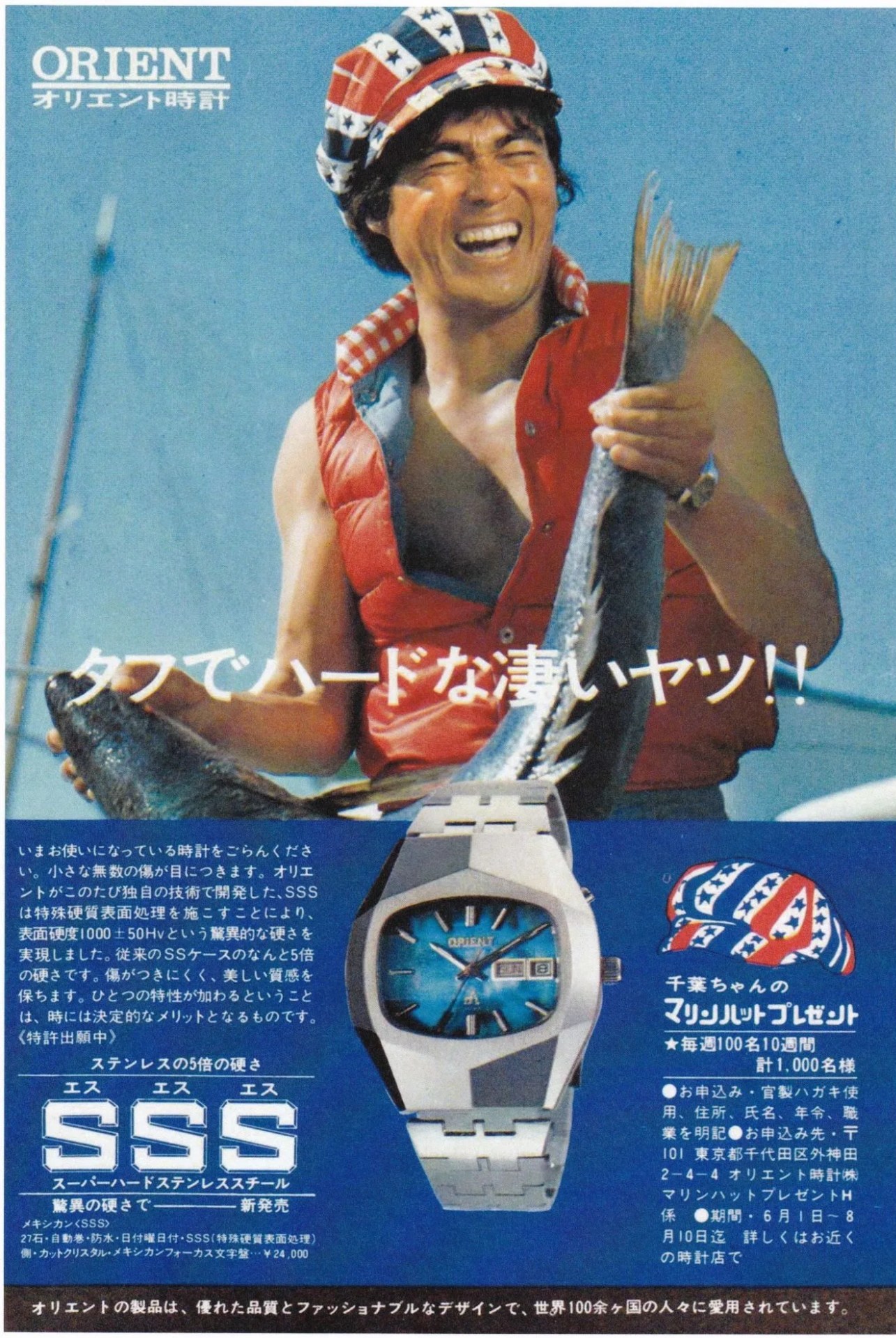
Orient has its origins in the early 20th century. Beginning with a watch shop in Tokyo in 1901, Shogoro Yoshida eventually moved into producing wristwatches by 1934. It transitioned to weaponry during WWII, shut down briefly following the war and re-emerged by 1951 as Orient Watch Co. It made a range of interesting models over the years since, from dive watches to ultra thin watches in the 1960s. (See a bunch of notable models from the company’s back catalog and more history here.)
Facing financial troubles, it became a subsidiary of Seiko Epson in 2009 and was later fully integrated, in 2017. What does this mean for the watches? Firstly, it doesn’t mean that they’re rebranded Seiko watches.
